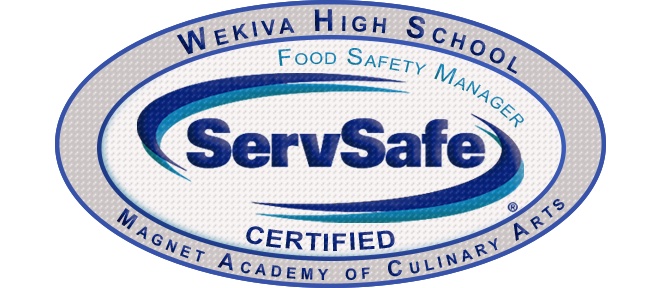Measuring Food Temperature; Receiving Food; Food Storage
ServSafe Basics Reviewed, Part 3
Allergens; Serving Food Safely; Preparing Food Safely; If Cross-Contact Occurs; If an Allergic Reaction Occurs; Personal Hygiene; Other Hand Concerns; Wearing Appropriate Things; Other Safe Practices; Handwashing
The Ultimate Guide to the ServSafe Exam: Safe Food Handling and Allergens
Safe Food Handling Foods are vulnerable to contamination at various stages within a foodservice establishment. Understanding safe handling practices keeps foods, staff, and guests safe. The Role of Food Handlers Foods risk contamination through human…
ServSafe Basics Reviewed, Part 2
ServSafe Basics Review – Part 2: Measuring Food Temperature, Cooking to Internal Food Temperatures, Storage Safety, Chemicals
The Ultimate Guide to the ServSafe Exam: Food Contamination
The manager’s primary focus is to prevent foodborne illness, which occurs when food becomes contaminated by something harmful. Contaminants can be biological, chemical, or physical. The Contamination Process Most contamination happens accidentally (but it is…
ServSafe Basics Reviewed, Part 1
Review the basics: How People Can Help Keep Food Safe , Personal Hygiene, Illness, Time and Temperature, At-Risk Populations TCS Foods, and RTE Foods
The Absolute BASICS: Review These ServSafe Elements to Pass the Exam

The ServSafe Exam covers a HUGE amount of information. This post covers what ServSafe considers the most BASIC and NECESSARY information to be successful on the test.